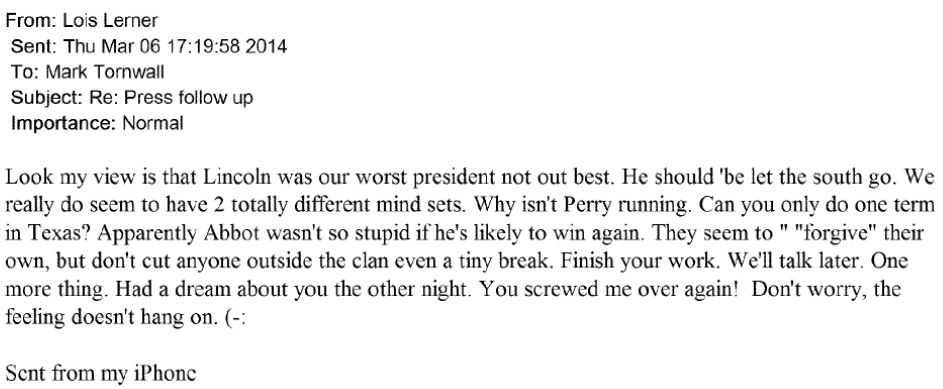Group backing Clinton gets $1M from untraceable donors
WASHINGTON (AP) — Hillary Rodham Clinton told a cheering crowd at her largest rally so far that “the endless flow of secret, unaccountable money” must be stopped. Two weeks later, the main super PAC backing her bid for the Democratic presidential nomination accepted a $1 million contribution that cannot be traced.
The seven-figure donation, made June 29 to the pro-Clinton Priorities USA Action, came from another super political action committee, called Fair Share Action. Its two lone contributors are Fair Share Inc. and EnvironmentAmerica Inc., according to records filed with Federal Election Commission.
Those two groups are nonprofits that are not legally required to reveal information about their donors. Such contributions are sometimes called “dark money” by advocates for stricter campaign finance rules.
“This appears to be an out-and-out laundering operation designed to keep secret from the public the original source of the funds given to the super PAC, which is required to disclose its contributors,” said Fred Wertheimer, director of one such group, the Washington-based Democracy 21.
Wertheimer urged Priorities to return the money and said that Clinton should demand that the super PAC “publicly disclose all of the original sources of money” of any contribution it receives. More details here.
(Fair Share Action founded and funded by Tim Gill, owner of an internet technology company and an LGBT activist. Further behind the cause is Tom Steyer with Environment America, the NEA and Mark Udall. )
Then we still have Planned Parenthood and the Unions when both are fully supported by the White House and received federal dollars. Even with the 5 videos released by Planned Parenthood, not only Hillary Clinton but many others in Congress continue to stand with Planned Parenthood.
FreeBeacon: Unions, Planned Parenthood Exchange Donations, Political Cash
Unions received hundreds of thousands of dollars from Planned Parenthood over the past five years, while shelling out more than $1 million to the nation’s largest abortionist.
Since 2011 politically powerful labor unions and Planned Parenthood have exchanged lucrative gifts for “charitable” endeavors and political advocacy.
Planned Parenthood, which is in the midst of a scandal after a pro-life group released videos detailing potentially illegal organ harvesting techniques and sales, has contributed more than $350,000 to three labor unions. The largest donation went to Service Employees International Union (SEIU), one of the nation’s top political spenders, with nearly all of its money going to Democrats. SEIU received more than $285,000 from the group in 2011. The contribution was described as “charitable” in nature, according to federal labor filings.
Two $8,500 donations by Planned Parenthood to the National Education Association, the nation’s largest teachers’ union, were also described as charitable.
Unions also engaged in charitable giving to the billion-dollar organization, pouring $520,000 into Planned Parenthood coffers in the name of donating to a non-profit organization. The New York City chapter of American Federation of Teachers (AFT) was responsible for nearly half of those donations with two $125,000 donations in 2012 alone.
Most of the transactions between Planned Parenthood and unions involved political activities. Labor giant AFL-CIO cashed a check for $50,000 from the organization for an “issue advocacy group,” and the American Federation of State, County, and Municipal Employees contributed $400,000 of the $600,000 in total donations that Planned Parenthood’s political operations have received since 2011.
These transactions came from some of the most influential and largest unions in the country, including AFL-CIO, United Autoworkers Union, National Education Association, SEIU, AFT, United Food and Commercial Union, and several local affiliates.
Only one of the labor unions responded to requests for comment about the nature of their relationships with the Planned Parenthood and whether they would continue in the wake of scandal.
The New York City teachers union made a $125,000 contribution to Planned Parenthood, which does not provide mammogram services, lost cancer-screening funding from the anti-breast cancer Susan G. Komen Foundation. Komen’s funding was later restored.
A spokesman for AFT in New York City indicated that the union still supports Planned Parenthood, pointing to a resolution urging “all our members to support Planned Parenthood as members and contributors.”
Planned Parenthood did not return request for comment.
Labor watchdogs said they were not surprised at the close ties between two of the Democratic Party’s biggest constituencies. Patrick Semmens, a vice president at the National Right to Work Foundation, said there is a big gap between the beliefs of union leadership and union members. There is little that workers can do to avoid running afoul their own principles as long as states do not give them the option to break ties with membership as a condition of employment.
“Whether it is sending dues money to Planned Parenthood, the Clinton Foundation, ACORN or any other organization that has nothing to do with representing rank-and-file workers, employees will have no way to hold union bosses accountable for how their money is spent as long as union officials are empowered by law to make payment to the union mandatory,” Semmens said.
Some members are now suing to overturn coercive unionism in order to avoid violating their religious beliefs. California teacher Rebecca Friedrichs is suing to break ties with the California Education Association, claiming that mandatory agency fee payments to support the union’s operation violates her rights to free association and to live by her conscience.
The Center for Individual Rights (CIR), a non-profit group, helped file Friedrichs’ case in federal court.
“Partisan donations aren’t remotely related to the union’s collective bargaining mission. Forcing teachers to pay dues to support donations to Planned Parenthood is compelled speech of the most egregious kind. That’s why the First Amendment protects the right of teachers to decide for themselves whether to pay fees to teachers unions,” CIR President Terry Pell said.
The Supreme Court will hear the case during its next session.




